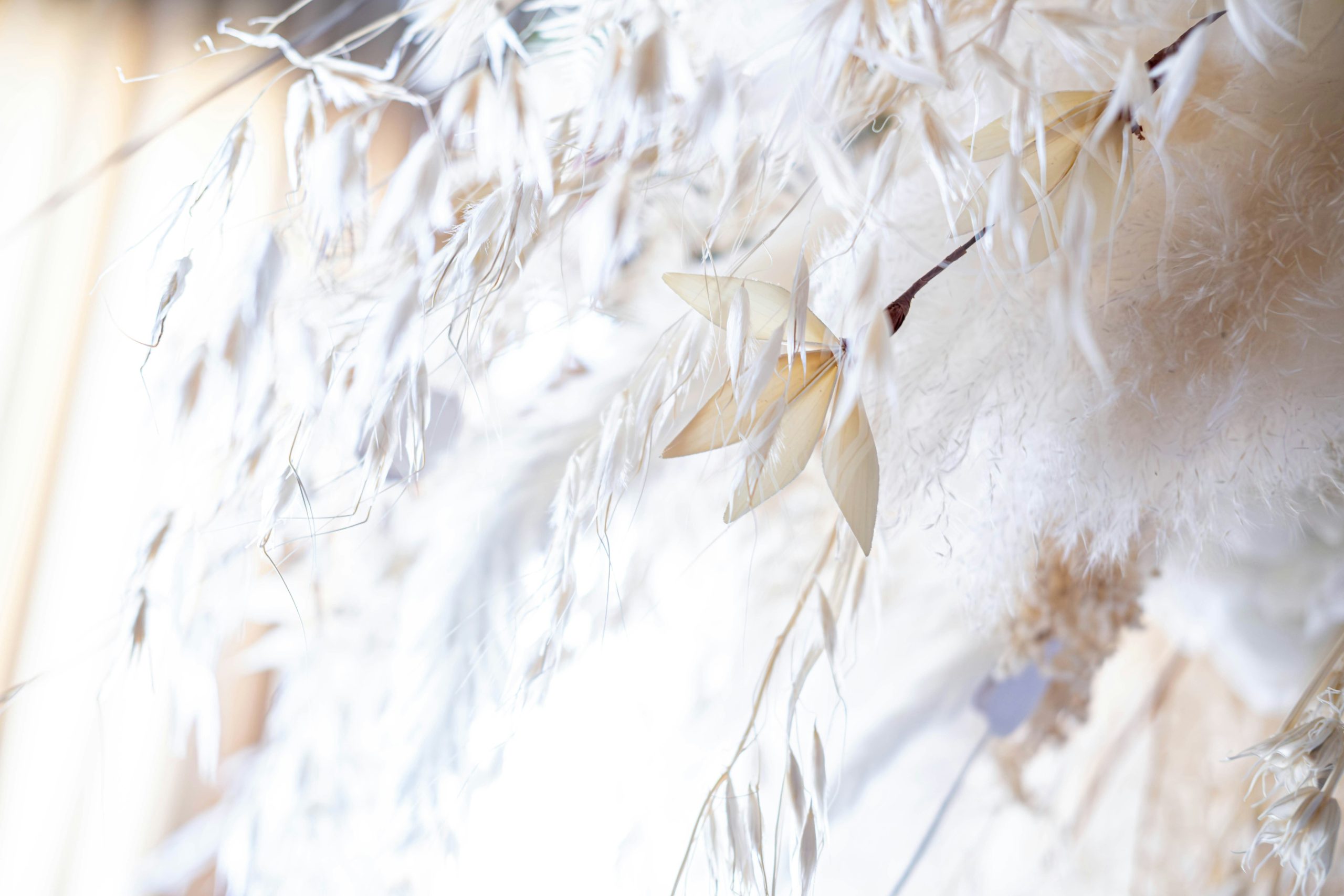Tie-dye is back and trendier than ever, blending retro vibes with modern flair. Creating your own tie-dye shirts at home is fun, budget-friendly, and surprisingly easy. Plus, you can customize designs and colors to fit your personal style. Whether you’re going for bold swirls, subtle pastels, or trendy ombré effects, this guide will help you nail the tie-dye trends with step-by-step instructions.
1. Gather Your Materials
Here’s what you’ll need to get started:
- Plain white or light-colored cotton shirts
- Tie-dye kit or fabric dyes (available in craft stores or online)
- Rubber bands
- Plastic squeeze bottles (for liquid dye)
- Plastic gloves (to protect your hands)
- Plastic tablecloth or trash bags (to protect your workspace)
- Ziplock bags or plastic wrap (for setting the dye)
- Bucket or large sink (for rinsing)
2. Prepping Your Shirts
- Wash the Shirts: Start with clean, damp shirts. This helps the dye absorb more evenly.
- Protect Your Workspace: Cover your table or floor with plastic to prevent stains.
- Mix Your Dye: Follow the instructions on your tie-dye kit or dye bottles to prepare the colors.
3. Choose a Tie-Dye Pattern
Here are some popular patterns and how to create them:
a. Classic Spiral
- Lay your shirt flat.
- Pinch the center of the shirt and twist it into a spiral shape.
- Secure the spiral with 3–4 rubber bands, creating pie-like sections.
- Apply different dye colors to each section.
b. Bullseye
- Pinch the center of the shirt and pull the fabric upward to create a cone shape.
- Wrap rubber bands at intervals along the cone.
- Apply dye to each section between the bands.
c. Crumple
- Scrunch the shirt into a loose ball.
- Secure with several rubber bands in random places.
- Apply dye sporadically over the shirt for a marble-like effect.
d. Stripes
- Roll the shirt into a tube shape, starting at the bottom.
- Wrap rubber bands at regular intervals.
- Apply dye in alternating colors for horizontal or vertical stripes.
e. Ombre (Gradient Effect)
- Dip the bottom of the shirt into a dye bath, letting it soak up the color gradually.
- Remove the shirt slowly to create a fade effect.
4. Dyeing Your Shirt
- Apply the Dye: Squeeze the dye onto the shirt using the squeeze bottles, saturating the fabric for bold colors or using less dye for softer tones.
- Use Gloves: Wear gloves to avoid staining your hands.
- Flip and Repeat: Turn the shirt over to apply dye to the back, ensuring full coverage.
5. Let the Dye Set
- Wrap It Up: Place the dyed shirt in a ziplock bag or wrap it in plastic to keep it damp.
- Set Time: Let it sit for 6–8 hours (or longer for more vibrant results). Check your dye kit instructions for specific recommendations.
6. Rinse and Wash
- Rinse Thoroughly: Rinse the shirt under cold water until the water runs clear. This prevents excess dye from bleeding later.
- Wash Separately: Wash the shirt alone in cold water with a gentle detergent.
- Air Dry: Hang your shirt to dry or use a dryer on a low setting.
7. Tie-Dye Tips for Nailing the Trends
- Experiment with Colors:
- Pastel shades are great for soft, modern looks.
- Neon colors make bold, eye-catching statements.
- Stick to two or three complementary colors to avoid muddiness.
- Try Different Fabrics:
- Cotton works best, but blends like cotton-polyester can yield unique results.
- Layer and Combine Techniques:
- Mix patterns, like adding a crumple design over a spiral base.
- Use bleach on dark shirts to create reverse tie-dye effects.
8. Modern Tie-Dye Trends to Try
- Monochrome Designs: Use shades of the same color for a chic, minimal look.
- Reverse Tie-Dye: Start with a black or dark-colored shirt and use bleach to create patterns.
- Geometric Patterns: Use tape or stencils to add structured designs.
- Pastel Tie-Dye: Dilute your dye for soft, dreamy colors.
9. Eco-Friendly Tie-Dye Options
If you want to go green with your tie-dye:
- Use natural dyes made from items like beet juice, turmeric, or spinach.
- Reuse old shirts or fabric scraps to create new designs.
10. Show Off Your Creations
- Pair your tie-dye shirt with jeans or shorts for a casual, trendy look.
- Share your creations on social media to inspire others. Use a fun backdrop for your photos to highlight the vibrant colors!
- Gift your tie-dye projects to friends or family for a personalized touch.
Final Thoughts
Tie-dye is a fun and creative way to refresh your wardrobe while embracing one of today’s hottest trends. With these step-by-step instructions and modern techniques, you’ll not only master the art of tie-dye but also enjoy the process of creating one-of-a-kind pieces. So grab your supplies, get messy, and let your creativity shine!
